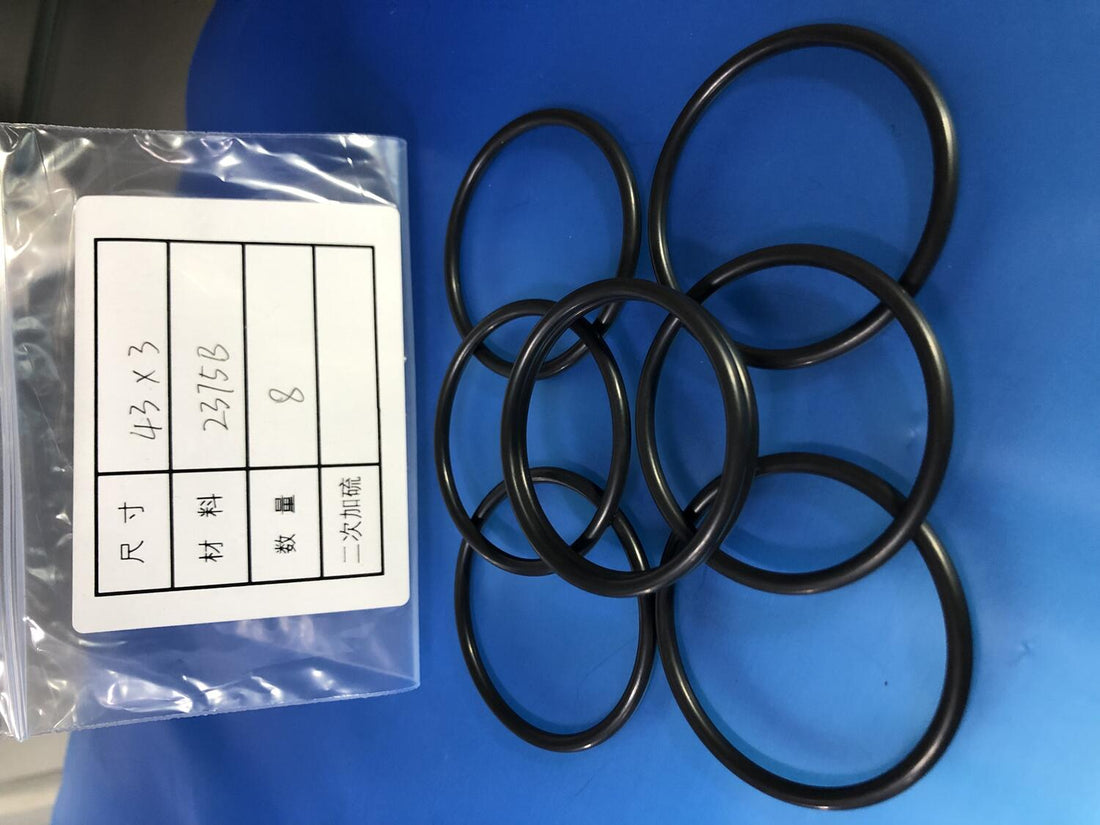Introduction: Rubber seals play a crucial role in various industries by providing effective sealing solutions. However, like any other component, rubber seals are susceptible to failure due to various factors. Understanding the causes of rubber seal failure and implementing proper storage practices are essential to ensure their optimal performance and longevity. This article delves into the reasons behind rubber seal failures and highlights the necessary storage requirements to maintain their integrity.
Causes of Rubber Seal Failure:
-
Wear and Tear: Continuous use and friction in dynamic applications can lead to wear and tear on rubber seals. As a result, the seals may lose their original shape, exhibit surface damage, and eventually compromise their sealing capability.
-
Exposure to Extreme Temperatures: Rubber seals can experience failure when exposed to extreme temperatures. High temperatures can cause the rubber to harden and lose its flexibility, while low temperatures can make the rubber brittle and prone to cracking.
-
Chemical Incompatibility: Exposure to aggressive chemicals or incompatible media can degrade the rubber material and lead to seal failure. Chemical attacks can cause swelling, degradation, and loss of sealing efficiency.
-
Improper Installation: Incorrect installation practices, such as improper groove dimensions or excessive stretching during installation, can cause stress concentration in the rubber seal, leading to premature failure.
-
Aging and Degradation: Over time, rubber seals can undergo natural aging and degradation due to environmental factors like UV exposure, heat, and ozone. This aging process can affect the material's mechanical properties and contribute to seal failure.
Storage Requirements for Rubber Seals:
-
Temperature Control: Rubber seals should be stored in a temperature-controlled environment to prevent exposure to extreme heat or cold. Ideally, the storage temperature should be between 10°C and 30°C to maintain the integrity of the rubber material.
-
Protection from Sunlight and UV Exposure: Rubber seals should be stored away from direct sunlight or sources of UV radiation. Extended exposure to UV rays can accelerate the aging process and reduce the seals' performance.
-
Avoiding Contact with Chemicals: Store rubber seals in an area where they will not come into contact with aggressive chemicals or substances that could lead to chemical degradation.
-
Proper Packaging: Seals should be stored in their original packaging or suitable containers to protect them from dust, dirt, and contaminants. Avoid using packaging materials that could react with the rubber.
-
Rotation of Inventory: Implement a first-in, first-out (FIFO) inventory system to ensure that older rubber seals are used first. This practice helps prevent the use of aged or degraded seals that may be more prone to failure.
Conclusion: Understanding the causes of rubber seal failure and following appropriate storage practices are vital to ensuring their reliability and longevity. Regular inspection, proper installation, and adherence to recommended storage requirements can significantly extend the service life of rubber seals, reducing downtime and maintenance costs in various industrial applications.

